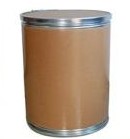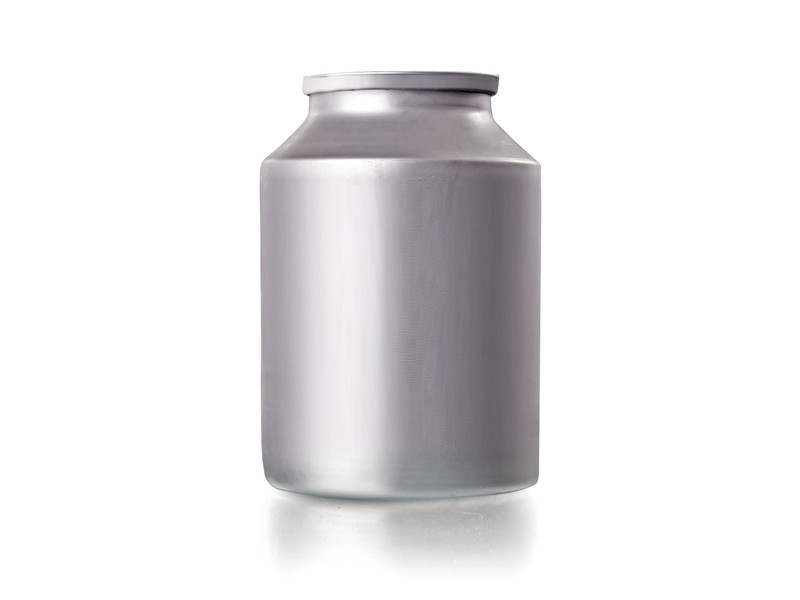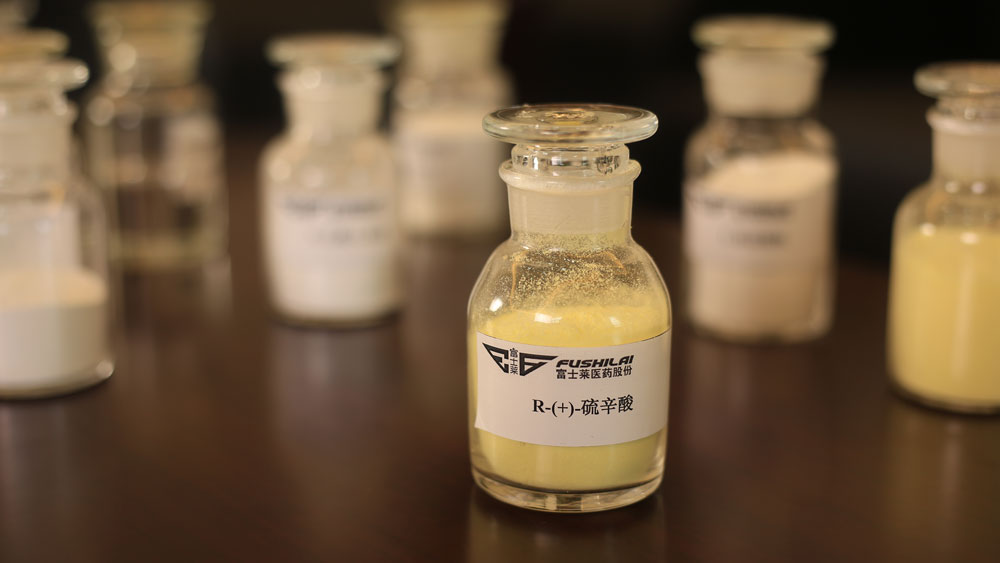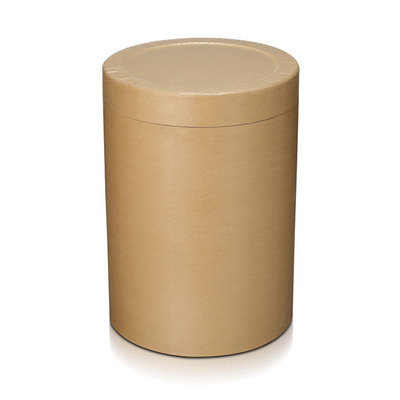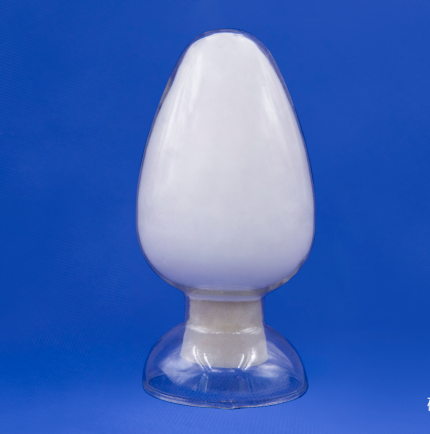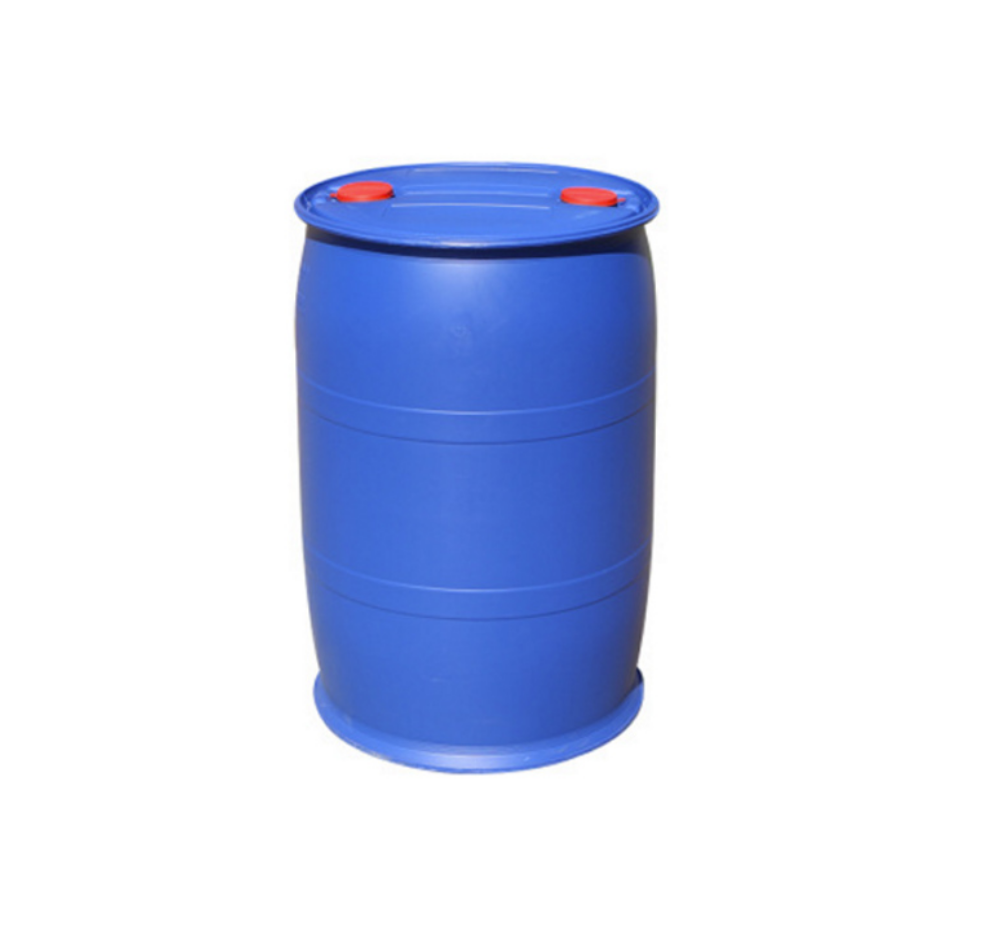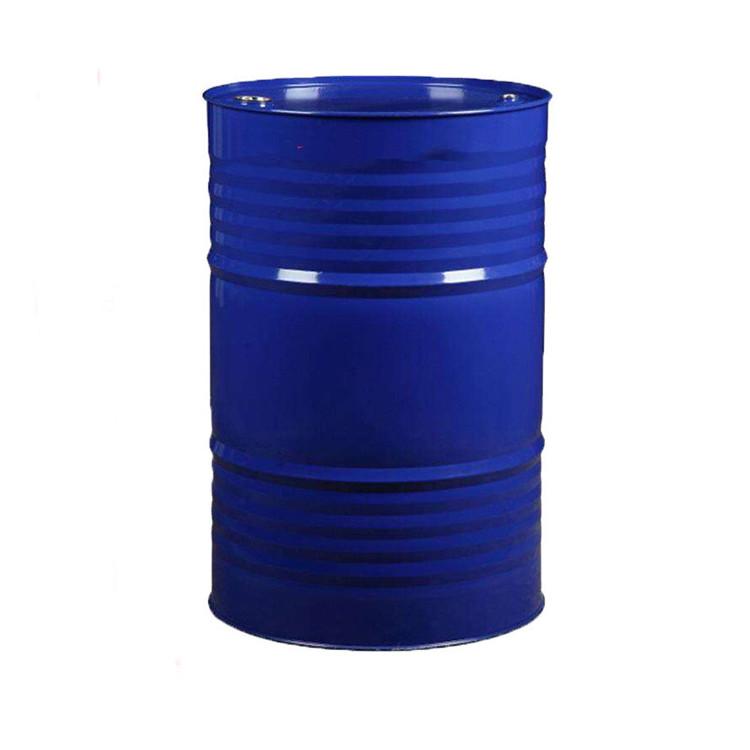Pharmaceutical Raw Materials
Veterinary API
Antiallergic Drugs
Hormones and Endocrine Drugs
Drug Metabolism
Pharmaceutical Intermediates
Synthetic Anti Infective Drugs
Specialty Drugs
Vitamins and Minerals Medicines
Feed Drug Additive
Antineoplastic Agents
Nervous System Drugs
Respiratory Drugs
Diagnostic Agents
Anti Stress Drugs
Antipyretic Analgesics
Antiparasitic Drugs
Circulatory System Drugs
Biochemicals
Blood System Drugs
Immune System Medication
Pharmaceutical Excipients
Fluid, Electrolyte, and Acid-Base Balance
Urinary System Drugs
Antibiotics
Anesthetic Agents
Inhibitors
Other Chemical Drugs
Digestive System Drugs
CAS:58108-05-7
Molecular Formula:C7H15ClN2
Alias
More Information
3-Azabicyclo[3.3.0]Oct-3-Yl-Amine Monohydrochloride; Gliclazide Intermediate 2; Hexahydrocyclopenta[C]Pyrrol-2(1H)-Amine Monohydrochloride; 3-Amino-3-Azabicyclo[3.3.0]Octanehydrochloride; N-Amino-3-Azabicyclo[3.3.0]Octane Monohydrochloride; N-Amino-3-Azabicyclo[3,3,0]-Octan Hcl; Octahydrocyclopenta[C]Pyrrol-2-Amine Hydrochloride; 3-Amino-3-Azabicyclooctane Hcl; 3-Amino-3-Azabicyclo(3.3.0)Octane Hydroc; N-Amino-3-Azabicycio[3.3.0] Octane Hcl
Brief Introduction
3-Amino-3-azabicyclo[3.3.0]octane hydrochloride is used as a synthetic reactant of gliclazide, a sulfonylurea hypoglycemic agent.
Suppliers
View More Vendors (3) >
CAS:59-66-5
Molecular Formula:C4H6N4O3S2
Alias
More Information
2-Acetamido-5-Sulfamoyl-1,3,4-Thiadiazole; 2-Acetylamino-1,3,4-Thiadiazole-5-Sulfonamide; 5-Acetamido-1,3,4-Thiadiazole-2-Sulfonamide; N-[5-(Aminosulfonyl)-1,3,4-Thiadiazol-2-Yl]Acetamide
Brief Introduction
This product is pharmaceutical raw materials and pharmaceutical intermediates.
Suppliers
View More Vendors (3) >
CAS:1200-22-2
Molecular Formula:C8H14O2S2
Alias
More Information
(R)-Lipoic acid; (R)-5-(1,2-Dithiolan-3-yl)Pentanoic acid; R-(+)-Alpha-Lipoic acid; (R)-Alpha-Lipoic acid; Thioctic acid d-form; (R)-(+)-1,2-Dithiolane-3-Pentanoic acid; R-(+)-Thioctic acid; (R)-1,2-Dithiolane-3-Pentanoic acid; Tioctic Acid; D-Thioctic acid; R-Lipoic acid; (R)-6,8-Thioctic acid; 5-[(3R)-Dithiolan-3-Yl]Pentanoic Acid; 5-[(3R)-Dithiolan-3-Yl]Valeric Acid; (R)-1,2-Dithiolane-3-Valeric Acid; R-(+)-Alpha Lipoic Acid
Brief Introduction
Lipoic acid is an endogenous antioxidant, which can remove the body's free radicals, promote the body's synthesis of vitamin C using glucose, and promote the synthesis of glutathione, effectively remove melanin, and assist coenzyme in physiological metabolism conducive to the body's immunity. Lipoic acid also has anti-inflammatory effect, can inhibit the activities of kinase, transforming factor, tumor necrosis factor and collagenase, and has anti-aging effect. Lipoic acid can preserve and regenerate other antioxidants and has a good health function to human body. It is widely used in the prevention and treatment of heart disease, diabetes, liver disease and Alzheimer's disease. The two enantiomers of lipoic acid showed different biological activities. Among them, R-type enantiomers are more effective than S-type enantiomers, which may be due to the fact that a large amount of R-type lipoic acid can enter cells and mitochondria through cell membrane and mitochondrial membrane and be reduced to dihydrolipoic acid, while only a small amount of S-type can enter cells and be reduced. Dihydrolipoic acid has stronger antioxidant capacity than lipoic acid. The regeneration of endogenous antioxidants and the repair of oxidative damage can only be achieved by dihydrolipoic acid.
Suppliers
View More Vendors (3) >
CAS:145783-15-9
Molecular Formula:C7H9Cl2N3S
Alias
More Information
5-Amino-4,6-Dichloro-2-(Propylthio)Pyrimidine; 5-Amino-4,6-Dichloro-2-Propylthiopyrimidine; Ex-7178; 4,6-Dichloro-2-Propylthiopyrimidine-5-Amine; 4,6-Dichloro-2-(Propylsulfanyl)Pyrimidin-5-Amine
Brief Introduction
4,6-dichloro-2 - (propylthio) - 5-aminopyrimidine is a pharmaceutical intermediate, which can be used as the intermediate of anticoagulant drug ticagrel.
Suppliers
View More Vendors (3) >
CAS:2680-03-7
Molecular Formula:C5H9NO
Alias
More Information
Acrylamide, N,N-Dimethyl-; Acylamide, N,N-Dimethyl; Dimethylamid Kyseliny Akrylove; Dimethylamidkyselinyakrylove; N,N-Dimethyl-2-Propenamid; Acryloyldimethylamine; N,N-Dimethylpropenamide; 2-Propenamide, N,N-Dimethyl-
Brief Introduction
This product is easy to produce polymers with high degree of polymerization, and can be copolymerized with acrylic monomers, styrene, vinyl acetate, etc. Polymers or adducts have excellent hygroscopicity, antistatic property, dispersion, compatibility, protective stability and adhesion.
Suppliers
View More Vendors (3) >
Inquiry (
10
/ 10
)
Clear All
Sign In
Error!

![3-Amino-3-Azabicyclo[3.3.0]Octane Hydrochloride](https://res.chemball.com/upload2/482bbd5b-1983-4bfa-b4f5-00a2ec31deb2.jpg)
![3-Amino-3-Azabicyclo[3.3.0]Octane Hydrochloride](https://res.chemball.com/upload2/7e927977-e8f8-428b-9021-c40ed69720e3.jpg)
![3-Amino-3-Azabicyclo[3.3.0]Octane Hydrochloride](https://res.chemball.com/upload2/664e4d44-527f-4ab2-ad28-6dee43750988.png)

